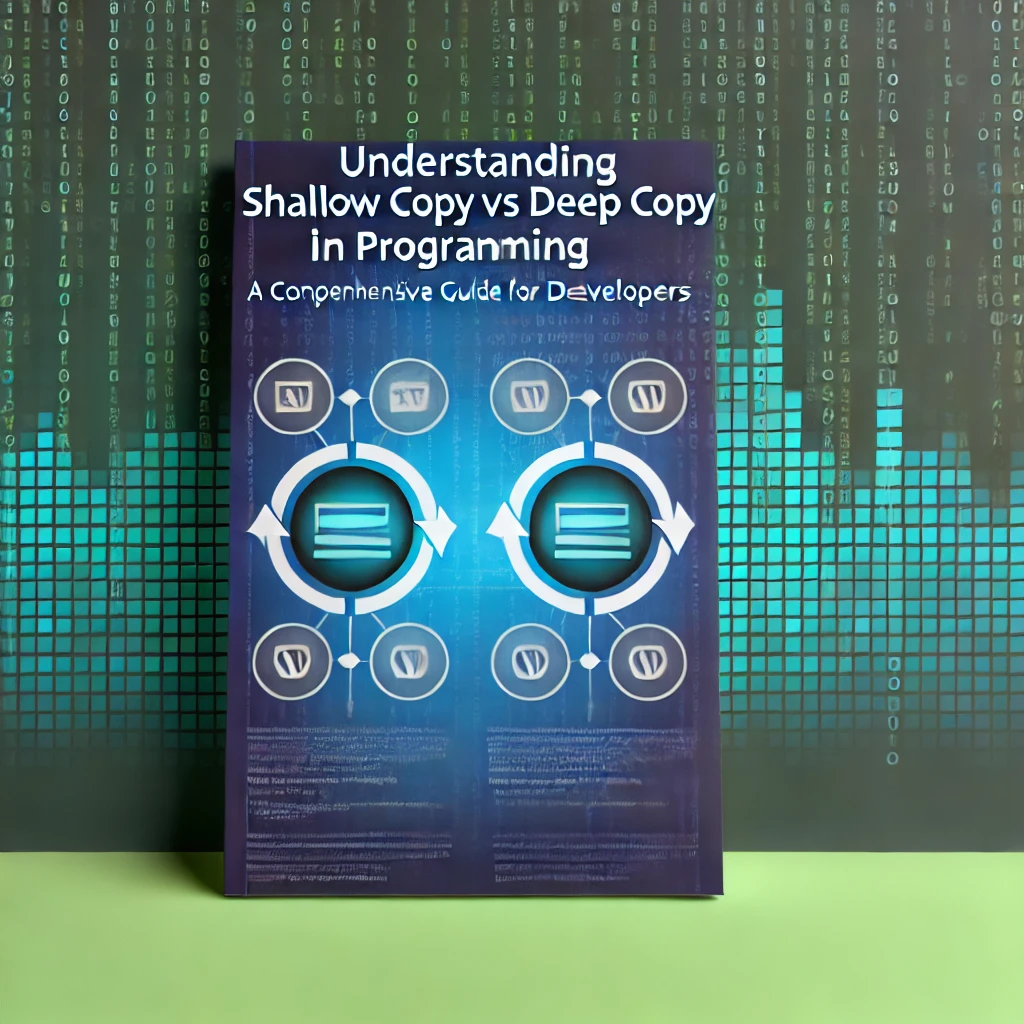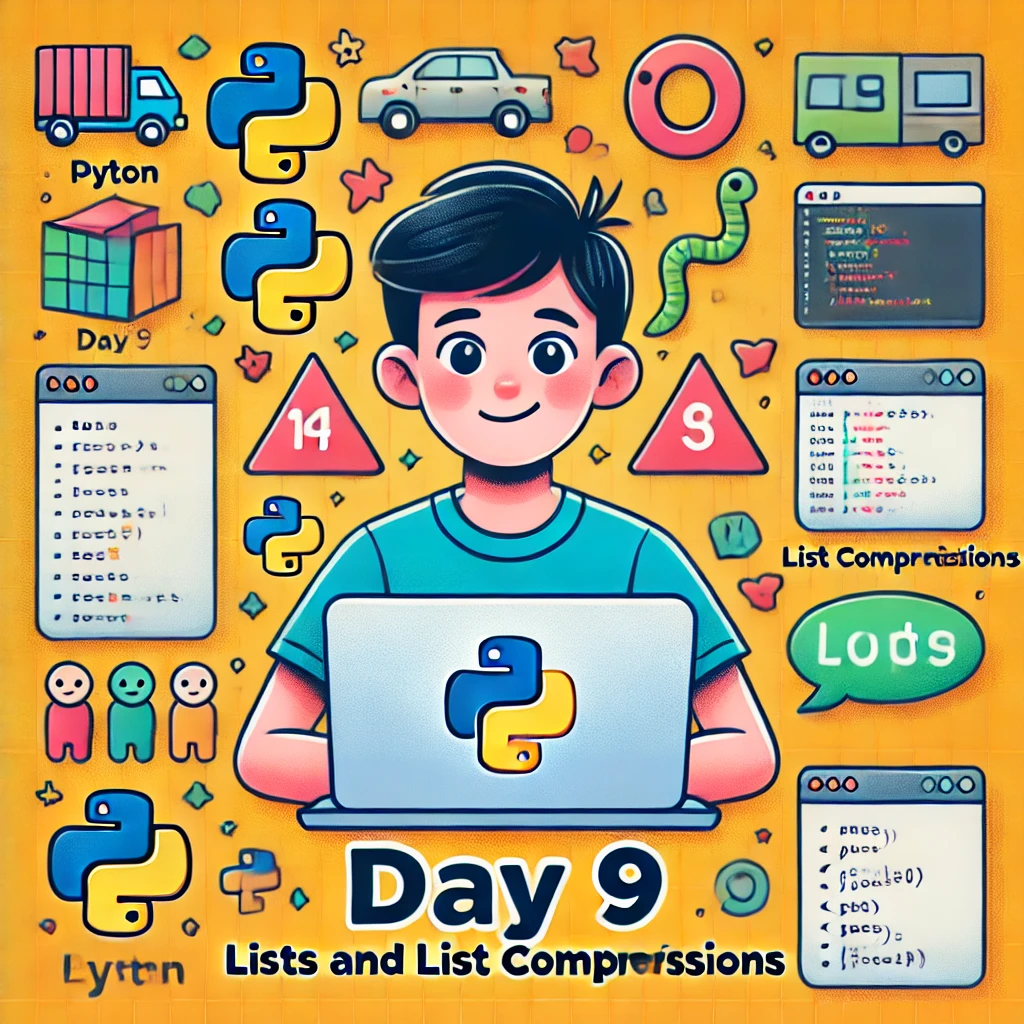Tag: python
-

Learn python this summer Day 8: Working with Files
•
Welcome back! Yesterday, we learned about modules and packages in Python. Today, we’ll dive into working with files, which is essential for reading from and writing to files in your programs. By the end of this day, you’ll know how to handle files in Python. Let’s get started! Reading Files…
-

Learn Python This Summer: Day 2 Basic Syntax and Variables
•
Welcome back! Yesterday, we got started with Python by setting up our environment and writing our first program. Today, we’ll dive into the basic syntax and learn about variables. By the end of this day, you’ll be able to write simple Python programs that use variables to store and manipulate…
-

Code Interview: Understanding Shallow Copy vs Deep Copy in Programming
•
Shallow Copy A shallow copy creates a new object, but inserts references into it to the objects found in the original. Changes made to a shallow copy of an object can reflect in the original object if the changes are made to a mutable object contained within the shallow copy.…
-

Learn Python This Summer: A 20-Day Plan for Kids
•
Hello! I’m Andrew, a 14-year-old with a passion for coding. This summer, I’m diving into Python, and I want you to join me on this exciting journey. As I learn, I’ll be sharing my progress and tips, so you can follow along and learn too. Get ready for our 20-day…


